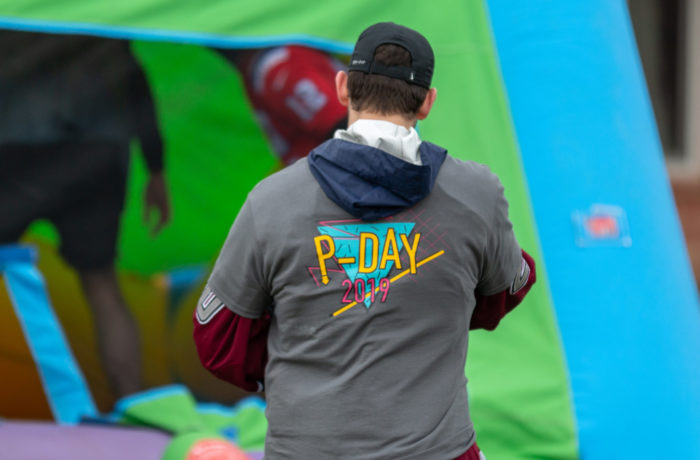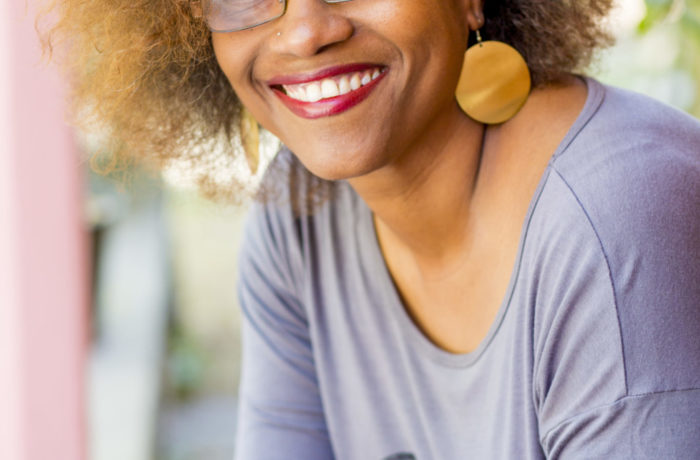By Maggie Nevens
Staff Writer
Whether you’re in between shifts, sitting poolside, or taking a lunch break at your internship, everyone needs a good book with which to relax and unwind. For many, the summer months are an opportunity to tackle those neglected piles of books or empty journals.
During the school year, it’s often difficult to read beyond your academic requirements. Bethany Dietrich, a research librarian at St. Michael’s College, has noticed the difficulty that students have during the school year to find time for non-academic reading. She has attempted to incentivize more student involvement through a book bingo or book club.
“My goal was to read a book a month, and I even find that to be a difficult task” said Molly Tobin ‘20.
To find newly published books, Dietrich suggests looking through the New York Times’ weekly book reviews, or summer book lists from lifestyle publications such as Esquire, Harper’s Bazaar and Elle magazines.. The Female Persuasion by Meg Wolitzer and Circe by Madeleine Miller are anticipated to be popular beachside novels, Dietrich said..
Faculty and staff members from a variety of departments also offered suggestions of books that they have found to be insightful. Here is a list of recommended novels to indulge in during the smoldering summer months.
Declan McCabe, Biology department
The Outside Story, Volume 2. (northernwoodlands.org)
This is ideal beach reading; a series of short essays so that you can put it down and then pick it up a week later and not worry that you have lost your place. Local authors writing about local natural history. It comes from a weekly newspaper column and if you enjoyed it you can always pick up volume 1.
Nature’s Second Chance by Steven Apfelbaum tells the story of rehabilitating a rundown farm to native prairie in the midwest. This was on my summer reading list last year and really inspired me to take on a similar project. Those interested in the potential for bringing back some level of nature to human-dominated landscapes should read this. Apfelbaum is a realist and recognizes that true ‘restoration’ is entirely unrealistic. However, it’s a very hopeful read because he makes it clear that habitat can be improved upon by thoughtful management and we can make a difference in reducing pollution and sequestering carbon. “Hope in a hopeless world”?…..if not it is certainly an excellent read.”
John Izzi, Philosophy department
Metamorphosis, by Franz Kafka. It’s about a man who wakes up one morning to find himself transformed into a giant insect. The novella describes his reaction, as well as the range of reactions of others, to his plight.
Maya Bhave, Sociology and Anthropology department
Learning to Fall: The Blessings of an Imperfect Life by Philip Simmons
For me, the first sentence says it all, “This book is for everyone who has lived long enough to discover that life is both more and less than we hoped for.” This short book details the life of Philip, a New England husband, father and professor with ALS. This work is a beautiful treatise on how and why we live, and more importantly how to let go of expectations about everything.
Best Seat in the House: A Father, A Daughter, A Journey through sports, byChristine Brennan.
“Brennan, a well-known sports column writer and ESPN, ABC and Olympic commentator, writes this memoir as a detailed account of her family and their relationship to sport. She artfully weaves her personal life course with a vivid account of being the first woman in many sporting environments.”
Jeffrey Ayres, Political Science department
Killers of the Flower Moon: the Osage Murders and the Birth of the FBI, by David Grann. A fascinating yet deeply disturbing account of racial injustice and mass murder of dozens of members of the Osage Indian nation in Oklahoma in the 1920s. The mystery of these murders became one of the first significant cases investigated in the early history of the Federal Bureau of Investigation (FBI), and the prejudice and extraordinary mistreatment of the Osage whose nation existed over massive oil fields, has echos still today in ongoing sometimes violent disagreements over ownership and access to natural resources on sovereign first nations land.
Evidence for Hope: Making Human Rights Work in the 21st Century, by Kathryn Sikkink. In a time when the headlines are filled with stories of widespread human rights abuse and human suffering, Sikkink’s book presents a carefully researched study that suggests that the international human rights movement has actually made huge strides over the past half century in helping to reduce the incidence of genocide and improve basic access to health and education worldwide. Thus what she calls the “evidence for hope” based on the legacy of human rights activism and institution-building is a helpful counter-narrative to the negative and frightful stories of human suffering so often focused on in the news media.
The Vanquished: Why the First World War Failed to End, by Robert Gerwarth. This is a startling and engaging book that documents the violence, revolution and mass murder that took place throughout the 1920s especially across what is now considered Eastern Europe and after the end of the First World War. There are many emerging parallels between the 1920s and today–deepening income inequality, xenophobic racists and anti-immigrant populist movements, and growing doubts about the efficacy of democracy–that make this a sobering read for today’s turbulent era.
Lori Smith, English department
A few classics that always come to mind are Beloved by Toni Morrison and One Hundred Years of Solitude by Gabriel Garcia Marquez. I’ve been on a Terry Tempest Williams binge in the last few years, and especially love Refuge. And I really enjoyed The Invention of Wings by Sue Monk Kidd.
Sarah Klionsky, Bergeron Counselor
Eating in the Light of the Moon : How Women Can Transform their Relationships with Food through Myth, Metaphors and Storytelling by Anita Johnston
An uplifting, beautifully written book with a clear feminist perspective on women’s relationship to food. Each chapter can stand alone, as it features a short story about a powerful girl who overcomes adversity with many practical insights woven throughout the book.
The Gifts of Imperfection: Let Go of Who You Think You’re Supposed to Be and Embrace Who You Are by Brene Brown
Sarah Klionsky recommends this book “A wonderful author who fills the pages with humor and great insights into the role shame plays in our lives.”
The Mindful Twenty Something
By Holly Rogers, M.D.
Kathy Butts recommends this book as “an accessible read and practical way for college students to be introduced to mindfulness and meditation.”
The Buddha Walks into A Bar
By: Lodro Rinzler
Nicole Sorrell recommends this book as “a fun and interesting modern look at Buddhism.”
Ryan Stanton recommends: “Anything by Pema Chodron, Thich Nath Hahn, or Jon Kabat-Zinn for understanding how our minds work and how to work with our minds.


